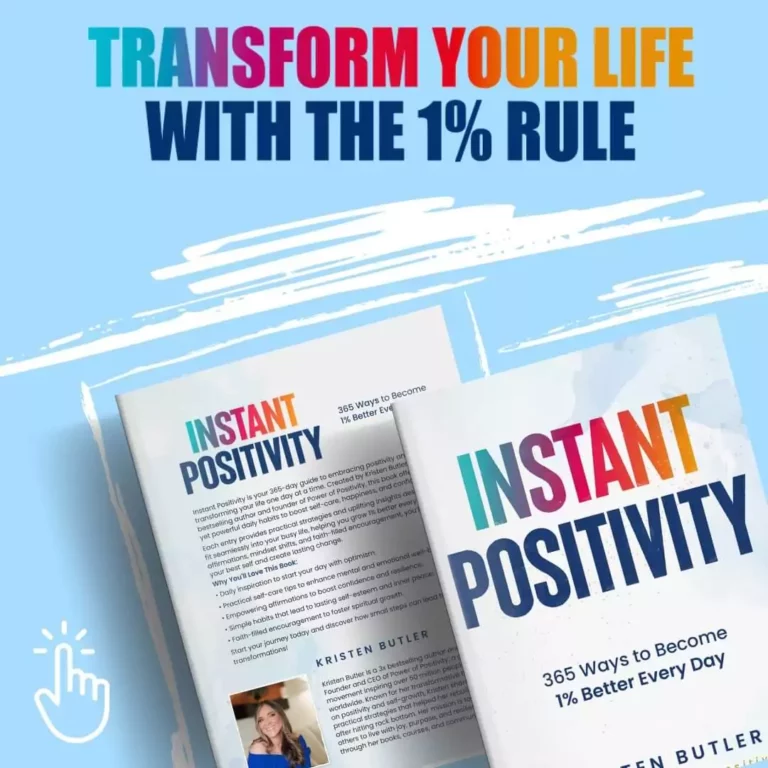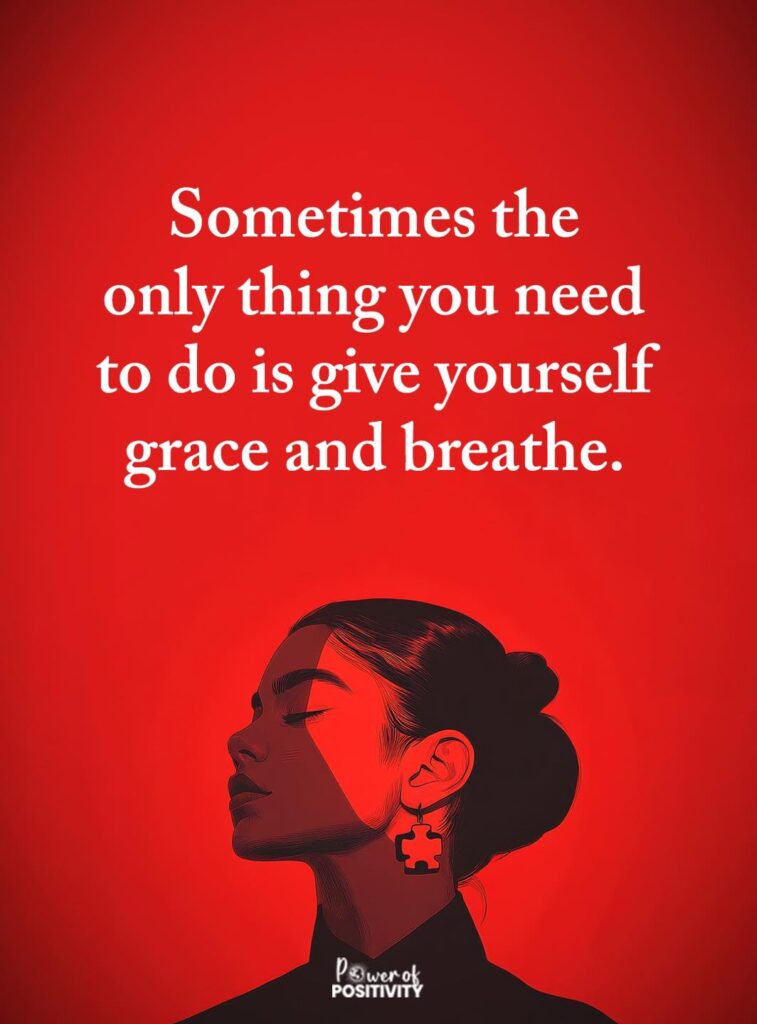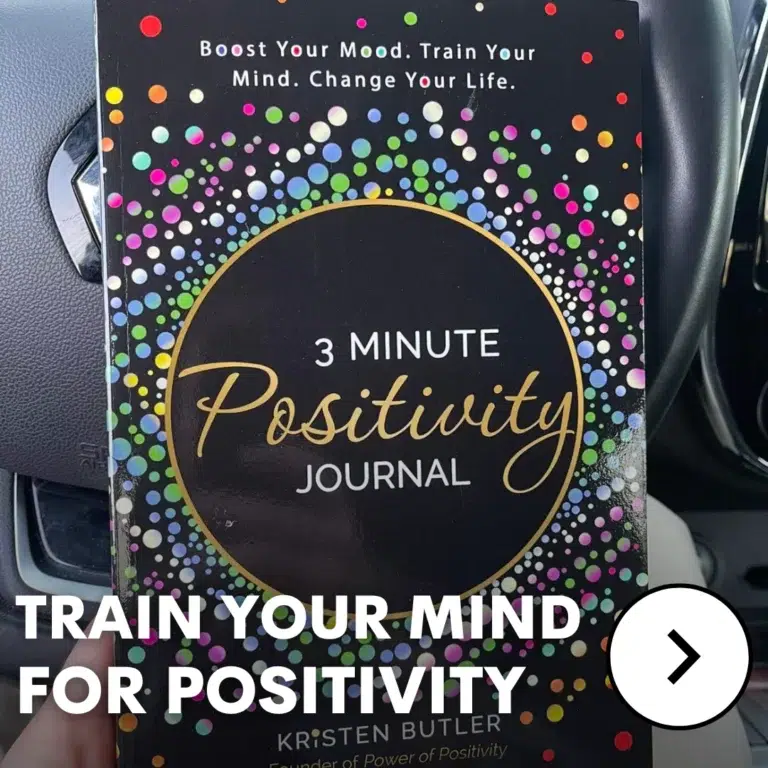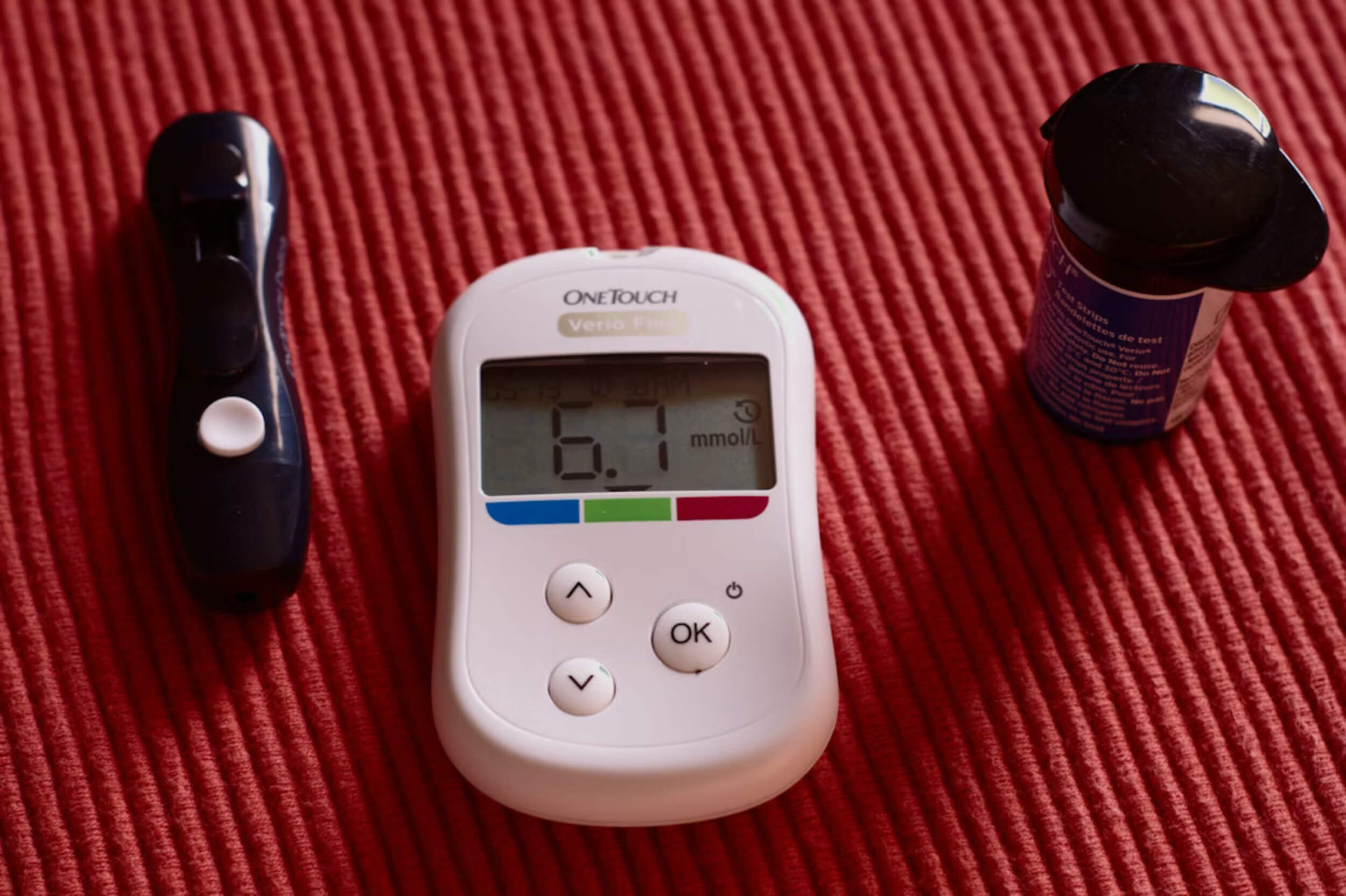How often do you feel overwhelmed by endless tasks, constant noise, and never-ending demands? Finding inner peace might seem impossible in all this chaos, but it’s not as hard as it seems. Inner peace helps you handle stress, make better decisions, and enjoy life more every day.
In a world that rarely slows down, staying calm can feel like a challenge. But imagine having a clear mind even when life gets hectic. That calm is possible with the right steps. This guide will show you six practical ways to find inner peace even when everything around you feels out of control. These aren’t complicated methods or ideas that feel out of reach. They’re simple habits you can build into your daily routine.
Practical Steps to Find Inner Peace in a Chaotic World
Life can feel messy and stressful, but finding inner peace isn’t as hard as it sounds. With a few simple steps, you can bring more calm into your day and handle whatever comes your way with a clear mind.
Step 1: Breathe Your Way to Calm
When everything feels like it’s moving too fast, have you ever stopped to ask yourself, “When did I last take a deep breath?”
It’s easy to overlook something as simple as breathing when life gets hectic. Yet, your breath is one of the most powerful tools you have to find calm in the middle of chaos. Deep breathing doesn’t just calm your mind—it sends signals to your body to relax, lowers your heart rate, and eases tension in your muscles. In moments of stress, taking slow, intentional breaths can be the difference between feeling overwhelmed and feeling grounded.
One of the easiest breathing techniques to try is the 4-7-8 method. Breathe in through your nose for 4 seconds, hold the breath for 7 seconds, and then slowly exhale through your mouth for 8 seconds. This simple exercise helps your body shift from a state of stress to a state of relaxation. Even a few minutes of deep breathing each day can help clear your mind and make the challenges around you feel more manageable.
But breathing exercises aren’t just for those overwhelming moments. Incorporating mindful breathing into your daily routine can build resilience over time. Try starting your morning with five minutes of deep breathing, or take a few deep breaths before bed to help you unwind. Whenever stress creeps in—whether you’re stuck in traffic, overwhelmed with work, or dealing with unexpected challenges—your breath is always there to help you reset.
Your breath is like an anchor in the storm. No matter how rough the waves get, it’s always there to keep you steady.
Step 2: Embrace Daily Mindfulness
When was the last time you truly paid attention to the moment you’re in?
Mindfulness might sound like a trendy buzzword, but its power is undeniable. At its core, mindfulness is about being fully present in the moment, without worrying about the past or stressing about the future. Imagine sipping your morning coffee and actually tasting it, feeling its warmth in your hands, and savoring each sip—rather than gulping it down while scrolling through emails. That’s mindfulness in action.
In a world where multitasking is often seen as a superpower, slowing down and focusing on one thing at a time can feel almost unnatural. But that’s exactly why mindfulness is so effective. It brings your attention back to what’s happening right now, helping you feel more grounded and less overwhelmed.
Start small. Notice the sound of birds when you step outside, feel the texture of your clothes as you get ready for the day, or simply focus on each step as you walk. These tiny moments of mindfulness add up, creating a sense of calm that becomes a natural part of your day. Over time, you’ll find that mindfulness isn’t just something you “practice”—it becomes a way of life.
When chaos strikes, mindfulness helps you stay centered. Instead of getting lost in worries, you’ll find yourself approaching challenges with a clear mind and a steady heart. And the best part? You don’t need any special tools or extra time. Mindfulness is always within reach—it just takes a little practice.
The world might be loud, but mindfulness helps you find quiet within yourself.
Step 3: Create Boundaries to Protect Your Peace
Ever felt like your to-do list is never-ending because you just can’t say no?
It’s easy to fall into the trap of saying yes to everything—helping a friend, taking on extra work, attending every social event. But while being there for others is important, overcommitting can quickly leave you feeling drained and stressed. That’s where boundaries come in.
Setting boundaries doesn’t mean shutting people out. It means recognizing your limits and protecting your time and energy. It’s okay to say no to things that don’t align with your priorities. It’s okay to take time for yourself without feeling guilty. And it’s definitely okay to prioritize your mental well-being.
Start by identifying what matters most to you. What are the non-negotiables in your life? Maybe it’s time with your family, personal hobbies, or simply having moments of rest. Once you know what’s important, be clear about your limits. If you need time to recharge, let people know. If work is overwhelming, don’t hesitate to ask for help or delegate tasks.
Remember, boundaries are like invisible fences that protect your peace. They help you create space for what truly matters and keep unnecessary stress at bay. The more you practice setting and maintaining boundaries, the more you’ll realize that saying no isn’t selfish—it’s self-care.
Your peace is precious—protect it fiercely.
Step 4: Cultivate Gratitude Daily
When was the last time you paused to appreciate the little things?
In the middle of life’s chaos, it’s easy to focus on what’s going wrong—the stressful job, the endless errands, or the unexpected challenges. But practicing gratitude shifts your focus from what’s missing to what’s already there. It’s not about ignoring your problems; it’s about reminding yourself that even on the toughest days, there’s still something to be thankful for.
Gratitude doesn’t have to be complicated. Start by jotting down three things you’re grateful for each day. Maybe it’s a call from a friend, a sunny morning, or simply having a moment of quiet. The more you practice this, the more you’ll start noticing the good around you.
But gratitude isn’t just about writing things down—it’s about feeling them. Take a moment to truly appreciate what you have. Share your gratitude with others too. A simple “thank you” to someone who helped you or a heartfelt note to a loved one can not only lift their spirits but also strengthen your own sense of peace.
Over time, gratitude becomes a mindset. It helps you navigate challenges with more resilience, find joy in everyday moments, and build a calmer, more positive outlook on life.
Gratitude turns what you have into enough—and enough is a powerful place to be.
Step 5: Disconnect to Reconnect
How often do you find yourself mindlessly scrolling through your phone, only to feel more stressed afterward?
In a world where screens are everywhere, it’s no surprise that our minds feel overloaded. From endless social media updates to non-stop emails, the constant stream of information can leave you feeling exhausted. Disconnecting from technology—even for a short time—can give your mind the break it desperately needs.
Start small. Set aside specific times during the day when you step away from screens. Maybe it’s during meals, before bed, or while taking a walk. Use this time to reconnect with yourself and the world around you. Take a deep breath, stretch, or simply enjoy the quiet.
Spending time in nature is a great way to recharge. A short walk in the park, sitting under a tree, or even just feeling the sun on your face can do wonders for your mental well-being. Without the constant buzz of notifications, you’ll find it easier to clear your mind, reflect on your day, and feel more at peace.
Sometimes, the best way to find peace is to unplug from the noise and tune in to yourself.
Step 6: Find Your Serenity Ritual
What’s one thing that instantly makes you feel calm?
Whether it’s sipping tea, reading a good book, or stretching after a long day, small rituals can bring a sense of calm to your routine. A serenity ritual is a simple daily practice that helps you unwind and reset, no matter how hectic your day has been.
Yoga, meditation, or journaling are popular choices, but your ritual can be anything that brings you peace. Maybe it’s lighting a candle in the evening, listening to your favorite music, or spending a few quiet minutes reflecting on your day. The key is consistency. When you make time for these calming activities regularly, they become anchors that keep you steady, even when life feels chaotic.
Creating your ritual doesn’t have to be complicated. Start with something you enjoy and make it a part of your daily routine. Over time, this small habit becomes a powerful tool for managing stress, staying centered, and finding moments of peace in your busy life.
Your serenity ritual is your personal escape—a moment just for you, no matter what’s happening around you.
Wrapping Up
Finding inner peace isn’t as far away as it might seem. Even in a busy, chaotic world, small steps can bring big changes. Start with one habit at a time, and soon you’ll feel calmer and more balanced each day. Peace isn’t something you achieve overnight—it’s something you build with daily practice. The journey might feel slow at times, but every step you take brings you closer to the calm you’re looking for. Start today, and let these simple steps help you find inner peace no matter what life throws your way.















